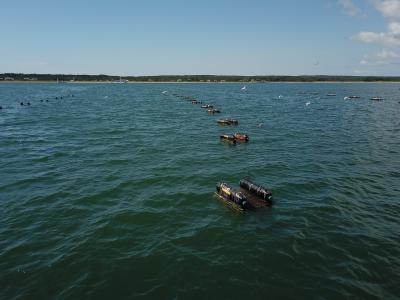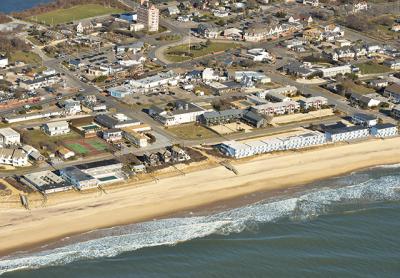Seek Larval Sampling Staff
Seek Larval Sampling Staff
The East Hampton Town Trustees have put out a call for applicants to assist in next year’s mosquito larval sampling program in the 190 acres of marshland surrounding Accabonac Harbor. It is to be the third year of a pilot project jointly conducted by the trustees with the Suffolk County Department of Public Works’ vector control division, the Nature Conservancy, and the town’s Natural Resources and Planning Departments.
The program will start in June and continue through August. Participants will be compensated. Those interested in applying have been asked to send a brief bio and résumé with their contact information to Susan McGraw Keber at [email protected].
Last summer, Ms. McGraw Keber and John Aldred of the trustees oversaw some 6,000 samples taken over the county’s 11-week spraying season. Samplers sent data to the Nature Conservancy, which consolidated the information and forwarded it to the vector control division. Tom Iwanejko, the director of vector control, and his staff reviewed it and issued directives to the county’s helicopter pilots to alter spray patterns accordingly.
The program identified “hot spots” of mosquito breeding at the upper end of the marsh. Consequently, application of methoprene, a mosquito larvicide, was reduced from a 195-acre spray area that went right to surface waters to a 95-acre area, and the county saved an estimated $18,000 from the reduced application. On four weeks during the 11-week season, no spraying at all took place.
The volunteers and trustees also discovered physical characteristics of the wetlands, such as a sunken boat that was harboring breeding larvae. The trustees dismantled and removed it, eliminating one breeding hot spot.
The 2019 effort will serve to identify and confirm such breeding spots and the altered marsh conditions that foster them. The eventual goal is to work toward returning these altered marsh areas to a more natural state that discourages larval mosquito development and furthers elimination of the use of pesticides.
Mosquitoes can carry West Nile virus, Eastern equine encephalitis, and other diseases. There were no reported cases of such diseases in East Hampton this year.
On Dec. 19, the county’s commissioner of health services, Dr. James Tomarken, reported three additional cases of West Nile virus, bringing the total to 11 in 2018. Each of the three is a resident of the Town of Brookhaven and each is over 50 years old. One had become ill in September, and the other two in October. The other reported cases this year were also in Brookhaven as well as the Towns of Southold, Islip, Huntington, Smithtown, and Babylon.



